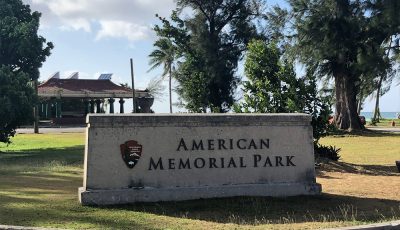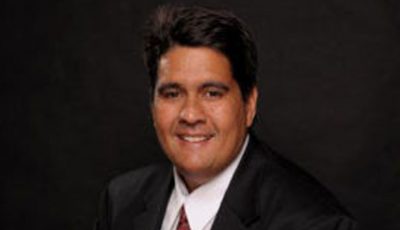My old Tar Heel home
With Kim Davis back to her elected position as clerk of court refusing to issue licenses for same-sex unions, we add that to Bluegrass State notoriety, including bourbon, the scent of tobacco marketed in candles that mimics the curing ambience of autumn, basketball of the Wildcats (along with the Tar Heels and the Cavaliers; we do not need to spell this one, save honor the late 60-year-old chairman of the board Moses Malone who went straight from HS in Virginia to the NBA) and horses (nor this). Tobacco now assists in producing antibodies in Ebola vaccines, but that’s a leaf of a different color.
I was in Kentucky before I realized that the school I attended, the town where we were located, and I, were not a fit. Two years later, I moved where the Piedmont sloped into the Atlantic that planted tobacco. I was in Tar Heel country.
OK, “tar heel” is not from tobacco, though we all know that “tar” is an ingredient of the tobacco we smoke and chew. Tar to the Brit’s actually came from burning pine logs for colonizers’ fuel when they settled in Virginia and the Carolinas.
“Tar heels” was once pejoratively used to refer to members of the lower economic class. Ill-mannered poor whites pounced on blacks as the North contrasted to the South being a haven for former indentured slaves. Incidentally, in Calgary last year, I heard the bitumen-rich tar sands referred to as “oil sands.” An MIT alum colleague in Houston, an energy specialist, discredits the sleight-of-hand and makes sure what came down Keystone XL to Houston is tar, the same stuff we use to patch the road in the spring.
“Tobacco,” from the Arabic tabbaq for “herbs,” was grown as early as a millennium BCE in the Americas, smoked by the Native Americans of the northwest, the Caribbean, and the northern part of South America. A peace pipe with burley was passed around at the cessation of hostility among warring factions.
Light Virginia tobacco came later, and after the health scare of the late ’90s and the decline of tobacco sales, growers altered the plant’s genetics so the Y1 would produce twice the normal amount of nicotine to increase folk’s addiction. Leave it to commerce to find a dubious profit angle.
It was during WWII that tobacco became king to the GIs. American issue of C-rations included packs of cigarette and chewing tobacco. When marching soldiers took a break, they were instructed to light up; if one was on night duty, one chewed the stuff since lighting up might invite a shot from a hostile source. Tobacco was definitely part of the culture of pacifying nerves. Smoking was part of one’s attire in the ’60s.
Our vet friend remembers riding a choo-choo shortly after WWII where the lady across the aisle, staring out the window, kept repeating, “it’s a pity, it’s a pity.” He inquired what the lady meant, and she said that the fields used to be planted with corn but has since been taken over by the cash crop of tobacco. At the time, cigarette was $2 per carton, the cost of a female company for the night. With a wry smile on the sly, our vet claims, “I cut down on smoking.”
My grandma rolled her own tubla in Ilocandia where both the burley and the Virginia variety were raised after the American occupation. She lived to be 95, my Dad’s mom. A non-smoker, he lived to be 95, and my Mom turns 95 this month in Hawaii; longevity is in the genes, not on the abstinence.
I smoked for 10 years, preferring the cigarillo, shifted to the best selling horseman that Phillip Morris marketed when I went stateside, discovered in Canada the French and Brit whiff, so to be prudent I lop off almost a decade of my life expectancy and am gunning to last until I turn 86. More than 20 years of tar in the lungs, I am still aiming for Dec. 15, 2031, for my final keel over, probably puffing a French Imperial into oblivion!
I am not daring fate. If the heart quits beating anytime before I am 86, c’est la vie; if I am still breathing after, that’s the Way Life Is (YHWH). I will take it one way or the other, non excusari a reservatione (if you will pardon my non-Catholic Latin).
Kentucky, North Carolina, and Virginia remain as the top growers of tobacco in the U.S. but the winds of change made Phillip Morris shift its market to China where every office of provincial government peddles its own brand of cigarettes, raising China’s count on death from preventable disease up the ceiling. A 7-year old was shown on TV chain smoking. In our policy of Red Commie containment, a GI humorously opines, “If we could not neutralize those Chinks with lead, we’ll tar them.”
I cold turkey’d in ‘84, not out of any high-minded reasons; I just got too sick to smoke. I discovered that I kinda enjoyed the smokeless ambience. Intimacy was gracefully enhanced, social distance was no longer noticeable, and people got a hell of a lot friendlier. Sans cover of eau de cologne, eau de toilette, I smelled respectable declining a flick of a click on a stick.



























